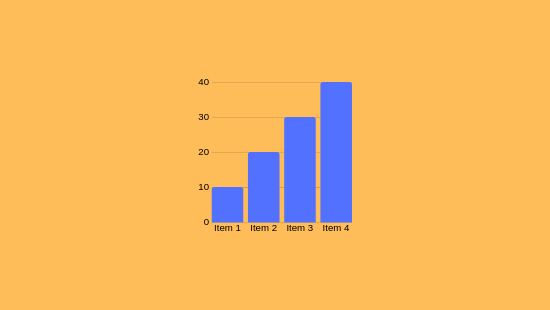
As you explore forex measurements, you'll discover they are computational techniques analyzing price and volume data to forecast market movements. These indicators aid in signaling trends, validating signals, and detecting overbought or oversold situations. For example, the Relative Strength Index (RSI) gauges momentum, while Bollinger Bands assess volatility. Enhancing your trade techniques by combining these metrics is essential, especially if you aim to control risks adeptly.
Grasping the Core of Forex Indicators
Forex measurement tools are mathematical aids integrated in graphs to assist traders in analyzing market trends and making informed decisions. They provide perspectives into price changes and market possibilities by examining past and present market figures.
Forex tools are categorized into four main types: trend indicators (e.g., Moving Averages), momentum indicators (e.g., Relative Strength Index), volatility indicators (e.g., Bollinger Bands), and volume indicators.
These instruments can indicate market turns, validate ongoing patterns, or indicate extreme buying/selling. If you're looking to enhance your methodologies, understanding these indicators is vital.
Categories of Forex Analytical Instruments
Upon evaluating market trends, traders often deploy a variety of indicators to aid in decision-making.
Forex tools are categorized into different types, each fulfilling distinct functions.
Trend Indicators like Moving Averages (MA) and Bollinger Bands aid in uncovering movement patterns and potential breakouts.
Momentum Indicators, including the Moving Average Convergence/Divergence (MACD) and Relative Strength Index (RSI), identify momentum changes and highlight overbought or oversold conditions.
Volatility Indicators like the Average True Range (ATR) measure fluctuations, assisting investors in establishing protective measures.
If used strategically, these tools can boost trading proficiency.
Key Indicators for Trading Decisions
To effectively make trading decisions, understanding and applying key indicators that evaluate market states is essential.
Price Movements (MA) display average prices over determined timeframes, revealing trends by evening out variations.
The Relative Strength Index gauges market force on a 0–100 scale, indicating excess buy above 70 and highlighting excessive sell below 30.
MACD compares two EMAs to confirm the trend direction, with graphical representations illustrating bullish or bearish phases.
Bollinger Bands apply standard deviations around a moving average to assess fluctuation and potential reversals.
Fibonacci Retracement levels denote price thresholds based on prior price movements.
Synthesizing these indicators enhances precision by verifying signals if aligned, enabling exact timing for currency matchups.
Using Indicators for Risk Management
As you refine investment methods, effectively applying indicators for risk management is essential. Tools like Moving Averages and Bollinger Bands notice volatility and identify potential entry/exit points for risk minimization.
These instruments allow for exact stop-loss orders and limit orders, which are key for modulating potential losses.
For example, applying stop-loss orders restricts your loss to a certain limit, such as 2% of your trading portfolio per trade. This measured strategy aids in managing forex risks by curtailing exposure to fluctuations and leverage, which are significant challenges in currency trading.
Combining Indicators for Enhanced Accuracy
Combining indicators is a sophisticated strategy check here for elevating accuracy in forex trading. This method allows for the use of diverse instruments to evaluate several aspects of market dynamics, including trends, drive, and volatility.
By utilizing indicators like Moving Averages, RSI, and MACD, you can formulate formidable trading strategies. For example, pairing Moving Averages with RSI and Volume validates trend direction and momentum, while Bollinger Bands with Stochastic assess fluctuation and anticipate reversals.
If diverse measurement tools work together, redundancies are reduced, and trade signals are intensified.
Conclusion
You've understood how forex indicators function, encompassing their types like trend, momentum, and volatility tools. These instruments aid in uncovering pivots and validating ongoing trends. Through combining tools, trading precision is enhanced, and risk management is better managed. As an example, using the Relative Strength Index (RSI) to highlight buying peaks and Bollinger Bands to analyze fluctuation can refine your trade choices.